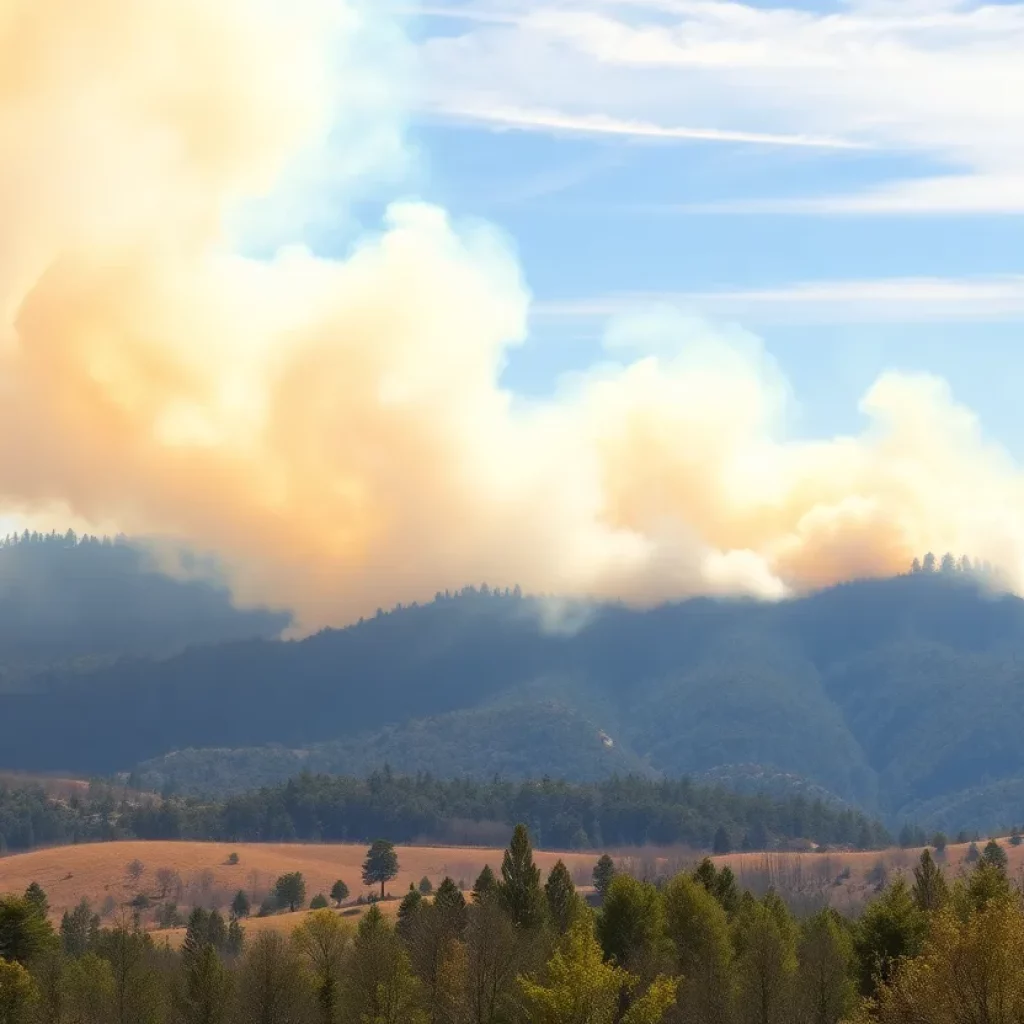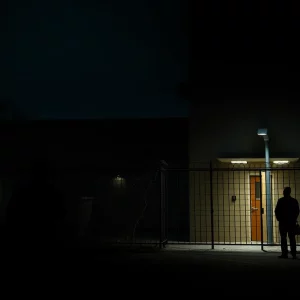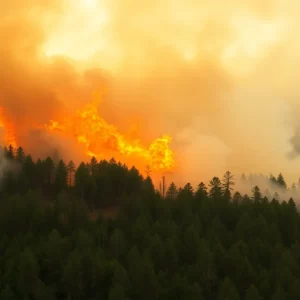News Summary
Wildfires pose hidden health risks due to toxic smoke, leading to respiratory issues and long-term health complications. Vulnerable populations are most affected, and the financial implications on healthcare can be staggering. Legal experts play a crucial role in helping victims navigate claims related to health issues arising from wildfire smoke exposure, addressing environmental justice and community protection measures.
Wildfires and Their Toxic Toll: The Hidden Health Crisis
As the flames rise and wildfires ravage landscapes, an insidious danger creeps into the very air we breathe. Wildfire smoke is more than just a nuisance; it creates a toxic atmosphere filled with harmful particles that pose significant health risks to the population. Studies indicate that exposure to this smoke can resurface in various health issues ranging from short-term respiratory problems to long-term lung damage.
Understanding the Health Risks
The inhalation of smoke from wildfires complicates breathing and can lead to persistent coughing, difficulty in breathing, and long-lasting health complications. Those most affected include older adults, children, and individuals with pre-existing conditions. The danger extends far beyond the immediate vicinity of the flames, as smoke can travel hundreds of miles, impacting air quality in regions that seem miles away from the blaze.
The issue is exacerbated during peak fire seasons, especially in western states, where particulate matter 2.5 (PM2.5) pollution can account for as much as 50% of air pollution levels. For the past 15 to 20 years, wildfire smoke has contributed to 5% to 10% of PM2.5 pollution in the U.S. at large.
The Invisible Threats from Wildfire Smoke
Wildfire smoke contains a toxic cocktail of particle pollution, ground-level ozone, and carbon monoxide (CO). PM2.5 can penetrate deeply into the lungs, entering the bloodstream and wreaking havoc on the cardiovascular system. Breathing air that is rich in pollution will correlate with severe health risks, likened to smoking cigarettes daily. Ozone exacerbates respiratory issues by damaging lung tissue, while CO’s colorless, odorless nature makes it a dangerous foe, reducing oxygen supply to the body.
The health implications are vast, extending from mild discomfort to severe respiratory conditions, inflammation, heart attacks, strokes, and worsening pre-existing conditions like asthma. In fact, long-term exposure has been linked to brain health, increasing the risk of dementia. Vulnerable populations, including those with lung diseases, heart conditions, outdoor workers, infants, and pregnant women, face the highest risks.
The Call for Environmental Justice
Compounding the issue is the reality of environmental justice. Low-income communities often experience greater exposure to these dangerous pollutants, as they tend to be located closer to fire-prone areas and have fewer resources for protection. Toxic substances from burning materials, including electronics and plastics, further pollute the air and intensify health risks.
Financial Implications of Wildfire-Related Health Issues
The hidden costs associated with health issues linked to wildfire smoke are staggering, amounting to billions in healthcare expenses each year. Research continues to indicate that the more PM2.5 particulate matter inhaled, the greater the risk for respiratory and cardiovascular problems, even leading to premature deaths. Particularly alarming is the fact that children exposed to smoke in utero experience higher rates of complications like preterm births.
Monitoring Air Quality and Legal Protections
For those in at-risk areas, it is essential to monitor local air quality through resources like AirNow and take appropriate precautions. Effective measures include staying indoors, reducing outdoor activities, and using air purifiers or N95 masks to mitigate exposure. Employers have a legal responsibility to ensure safe working conditions, even during wildfire events, and they could face penalties for noncompliance.
In cases of health issues arising from wildfire smoke, victims may consider pursuing a personal injury claim, particularly if negligence is at play. Legal experts can provide invaluable assistance in navigating claims associated with toxic air exposure, particularly as wildfire frequency and intensity rise.
The Need for Awareness and Prevention
With the escalating frequency and intensity of wildfires, a better understanding of the long-term health implications of repeated exposure to wildfire smoke is critical. The time to act is now—protecting oneself and advocating for environmental justice can make a difference not only in individual health but in the collective well-being of communities facing the wrath of nature’s fury.
Deeper Dive: News & Info About This Topic
HERE Resources
Johnson & Johnson Bankruptcy Hearing: Legal Implications for Patients
Additional Resources
- Bloomberg News
- Wikipedia: Wildfire Smoke
- Centers for Disease Control and Prevention
- Google Search: Health Effects of Wildfire Smoke
- Environmental Protection Agency
- Encyclopedia Britannica: Air Pollution

























